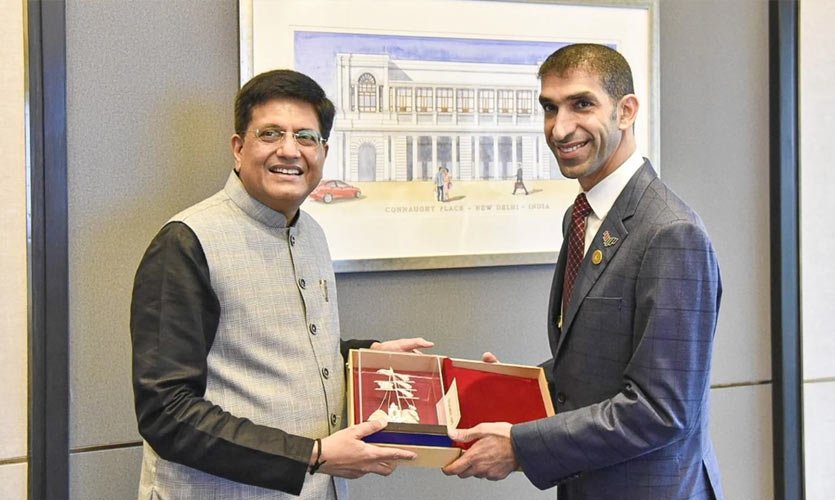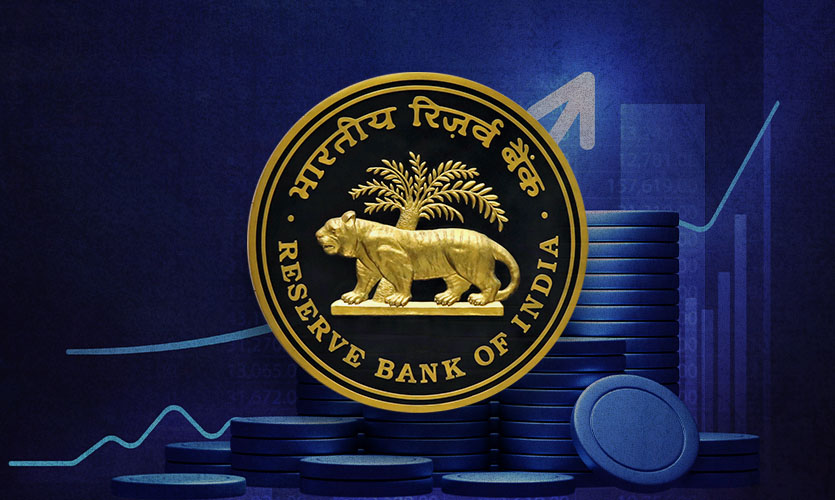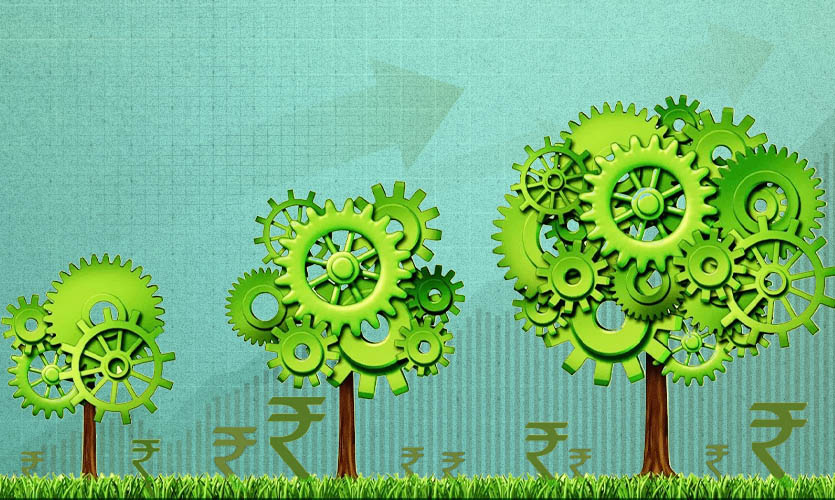India and the United Arab Emirates (UAE), in an effort to deepen trade ties have formally launched negotiations for a mutually beneficial Comprehensive Economic Partnership Agreement (CEPA). The plan aims to lift trade between the two countries by 70 percent in five years. According to the trade ministers of both countries, the talks will end by December and a formal agreement will be signed by March 2022 after the completion of internal legal procedures and ratification.
As per the UAE Minister of State for Foreign Trade, Thani Al Zeyoudi’s comments during his visit to New Delhi for talks with the Indian Commerce Minister Piyush Goyal, the economic pact will boost trade, jobs and investments between the countries. The CEPA will increase bilateral trade in goods to $100 billion and services to $15 billion within five years of signing the agreement.
“Looking to build on the progress made by both countries under the Comprehensive Strategic Partnership signed in 2017; both Ministers expressed a desire to reach a mutually beneficial economic deal. Both sides will aim to conclude negotiations by December 2021 and sign a formal agreement in March 2022 after the completion of internal legal procedures and ratification,” they said in a joint statement.
The pact is expected to be in line with India’s plan to boost trade relationships with a number of countries to revive its economy after the deadly second wave of the pandemic. India has been in talks to set up trade pacts with the UK, Australia and the EU. According to Goyal, the UAE was the most responsive and proactive.
The UAE has adopted aggressive foreign trade and investment strategies and aims to reposition itself as a global hub for business and finance due to the growing regional competition from Saudi Arabia. The gulf is chalking up comprehensive economic agreements with many countries that are showing high growth potential in Asia and Africa and plan to invest up to $14 billion in Britain. Earlier this year, the UAE also concluded talks with Indonesia, committing to invest close to $10 billion in sectors ranging from energy, infrastructure and ports to tourism and agriculture.
“The UAE is moving quickly to establish new strategic agreements to expand our market access and use trade as a key pillar in a new era of economic cooperation,” said Al Zeyoudi. “It will strengthen our position as a global gateway to Africa, Asia and Europe.” He further added, “We want to capitalise on our strengths – medical equipment, advance industrial sectors, pharma, fintech, ICT, space.”
Goyal is set to attend the inaugural ceremony of Expo 2020 in Dubai, which begins on October 1. He said that India’s participation in the Expo will help boost bilateral trade and investment. On September 22, India unveiled its Dh250-million Expo pavilion, considered to be one of the biggest.
Key Trade & Investment Areas
“We will identify focal points within the discussions of the free trade agreement (FTA), and the early harvest component of the FTA whose negotiations will start from tomorrow,” said Goyal. Under an FTA, two trading partners can reduce or eliminate customs duties on the maximum number of goods traded between them. Besides duty concessions, India has suggested recognition of its products in the UAE.
The countries will focus on sectors including textiles, jewellery, medical equipment, fintech and petrochemicals. “They will be looked upon as low hanging fruits and have them agreed upfront. Along with the framework of the FTA, we will have early harvest component where items of immediate interest will kick in much faster,” said Goyal. India also hopes to leverage this pact in its asset monetisation plans, giving top priority to investments from the UAE.
As a part of India’s ongoing effort to improve the prominence of its manufacturing supply chains, Goyal said that the UAE’s strategic location, trade with Africa and its various trade pacts with other countries will enable India to enter its supply chain, particularly in the handlooms, handicrafts and pharma industry.
Read more: India’s Economic Resilience And The Need To Focus On An Inclusive Future
India’s major exports to the UAE include petroleum products, precious metals, stones, gems and jewellery, minerals, food items such as cereals, sugar, fruits and vegetables, tea, meat, and seafood, textiles, engineering and machinery products, and chemicals. Investments between the two countries are already in full swing, Being a desert country, the UAE depends heavily on imports. The Emirates committed $7 billion in 2019 to set up a “food corridor” and invest in Indian agriculture. Its wealth fund, Mubadala invested $1.2 billion in Jio Platforms in June 2020. India’s Reliance also announced an investment of $2 billion in Abu Dhabi’s TA’ZIZ Industrial Chemicals Zone.
The UAE was India’s third-largest trading partner with about $59.12 billion of bilateral trade during 2019-20. It is also India’s second-largest export destination after the US, with exports valued at about $29 billion during 2019-20. The country is also the eighth-largest investor in India, having invested $11 billion between April 2000 and March 2021, while investment by Indian companies in the UAE is estimated to be over $85 billion.
“The tight timeline is beneficial and offers reciprocal benefits to both… this partnership will be owners’ pride and neighbours’ envy,” assured Goyal.










